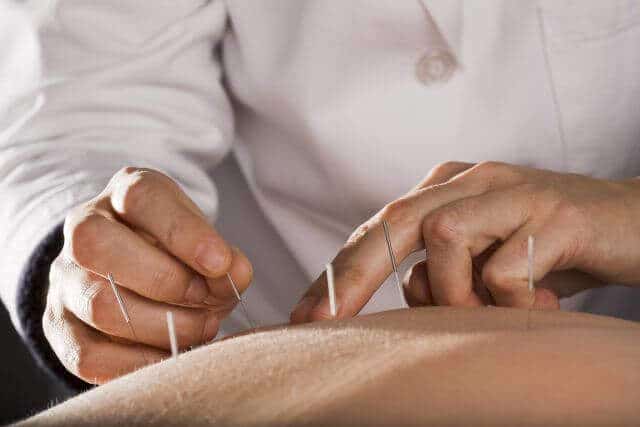For thousands of years, traditional Chinese medicine has used herbs and acupuncture to treat a variety of maladies from internal health problems to skin disorders, such as eczema, acne, psoriasis, alopecia and others. Many practitioners today continue to apply these methods to treat their patients who prefer a less invasive and non-chemical treatment.
The Principles of TCM in Dermatology
Traditional Chinese medicine views good health as a balance between the body’s internal systems and the environment we live in. Displacement of the balance between energy (Qi), blood, yin and yang result to the development of diseases. The impact of environmental conditions, such as wind, heat, cold, dampness and dryness also contribute to the illness. In addition, traditional Chinese medicine views the mind as a powerful influence on a person’s health.
There are four areas of dermatology where traditional Chinese medicine is applied: Chang Yang (skin sores), Pi Fu Ling (skin disorders, such as eruptions and warts), Gan Men Bing (rectal or anus disorders, such as hemorrhoids), and Za Bing (other disorders, such as acute abdominal disorders and gangrene).
Traditional Chinese medicine use the Three Yellow Cleanser (San Huan Xi Ji) to treat about 60% of skin disorders, which include acne, eczema, dermatitis, rashes, and psoriasis. The formula, which has been in use for many centuries, consists of four cleansing herbs with a “cold property” that clears the internal heat (Qing Re), stops itching (Zhi Yang) and prevents secretions (Shou Se) from oozing further. Three of the four herbs used in the formula have a yellow hue, hence the name.
The four herbs — Rhubarb (Dai Huang), Sophora (Ku Shen), Phellodendron (Huang Bai) and Skullcap (Huang Qin) — were placed under scientific study and were found to have anti-bacterial, anti-fungal and anti-viral qualities. Clinical research indicated that Phellodendron (Huang Bai) is very effective in treating eczema.
Are you interested in becoming a certified acupuncture professional?
Visit the links below to explore our specialized acupuncture programs at a campus near you:
Acupuncture and Herbal Treatments for Skin Health
Aside from the extensive use of Chinese herbs, traditional Chinese medicine also recommends acupuncture as a parallel treatment for skin disorders. Stimulation of acupuncture points increases the production of endorphins and simultaneously activates the immune and endocrine systems. Acupuncture points are specific nerve points that give particular access to the system of energetic meridians, which perform different functions depending on their location.
For skin disorders, acupuncture points are stimulated along the arms, legs and torso. The acupuncturist uses fine high-grade surgical steel needles, which are used only once, to stimulate those acupuncture points. The needles may remain from 10 minutes to one hour, depending on the desired effect. Heat or electricity may also be applied using three fire needles (heated needles) or wired small alligator clips attached to the needles, which passes a very mild electrical charge from a small battery.
Although no long-term comprehensive studies have been performed to investigate acupuncture’s effects on skin disorders, several clinical trials focusing on less than a hundred cases were included in the 2002 World Health Organization nonserial publication, Acupuncture: Review and Analysis of Reports on Controlled Clinical Trials.
According to WHO, there were random clinical trials that proved the effectiveness of acupuncture on chloasma, herpes zoster, pruritus, and neurodermatitis. Luan et al reports in Chinese Acupuncture and Moxibustion (1996), 60 cases of chloasma recovered after treatment with auricular acupuncture and acupressure, which produced significantly better effects than Vitamins C and E.
In another report in the World Journal of Acupuncture-Moxibustion (1994), Chen et al observed the curative effects of laser acupuncture on the human (alpha) herpes virus 3. The procedure brought about pain relief and scar tissue formation more quickly than polyinosinic acid treatment.
Aside from performing significantly better than other treatment modalities, acupuncture also produced anti-pruritic effects (British Journal of Dermatology, 1987) and proved to be effective in treating neurodermatitis using the three-step seven-star needling therapy (Journal of Guiyang Chinese Medical College, 1998).
Aside from herbs and acupuncture, traditional Chinese medicine also recommends changes in diet. Generally, people with skin disorders should avoid alcohol, fish, shrimp, and crab. Eating leafy green vegetables and fruits is strongly recommended.
Click here to learn more about Pacific College of Oriental Medicine’s Chicago, New York, and San Diego Acupuncture programs.
Featured Posts:

